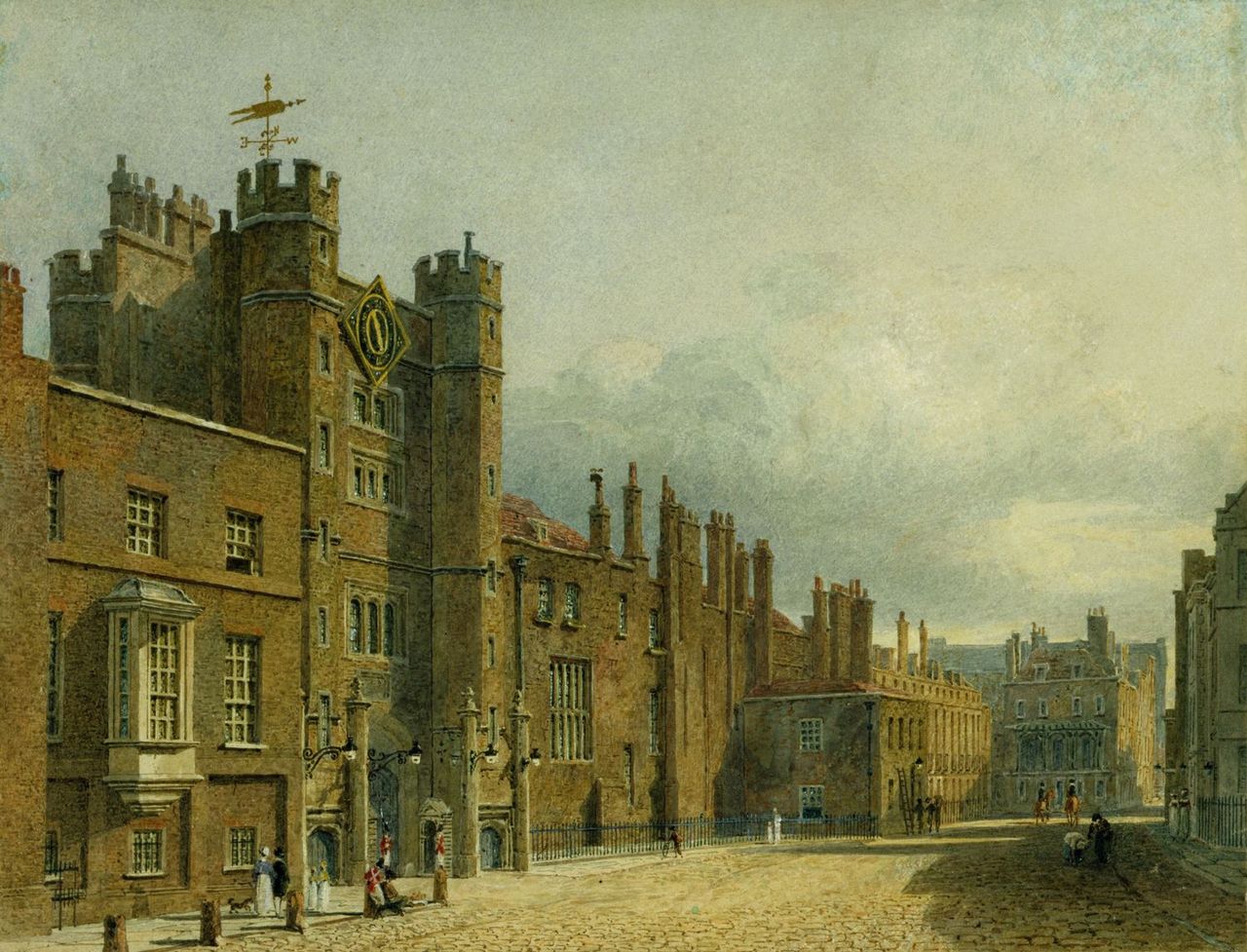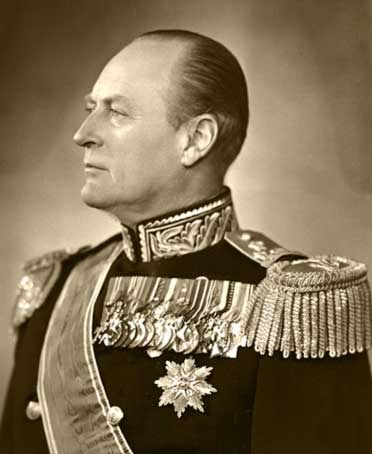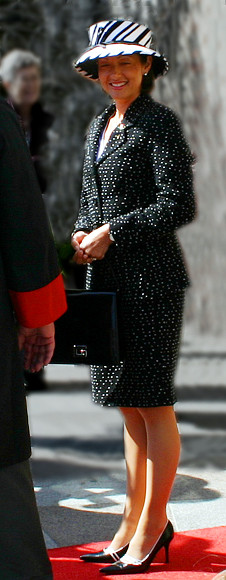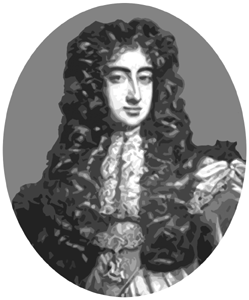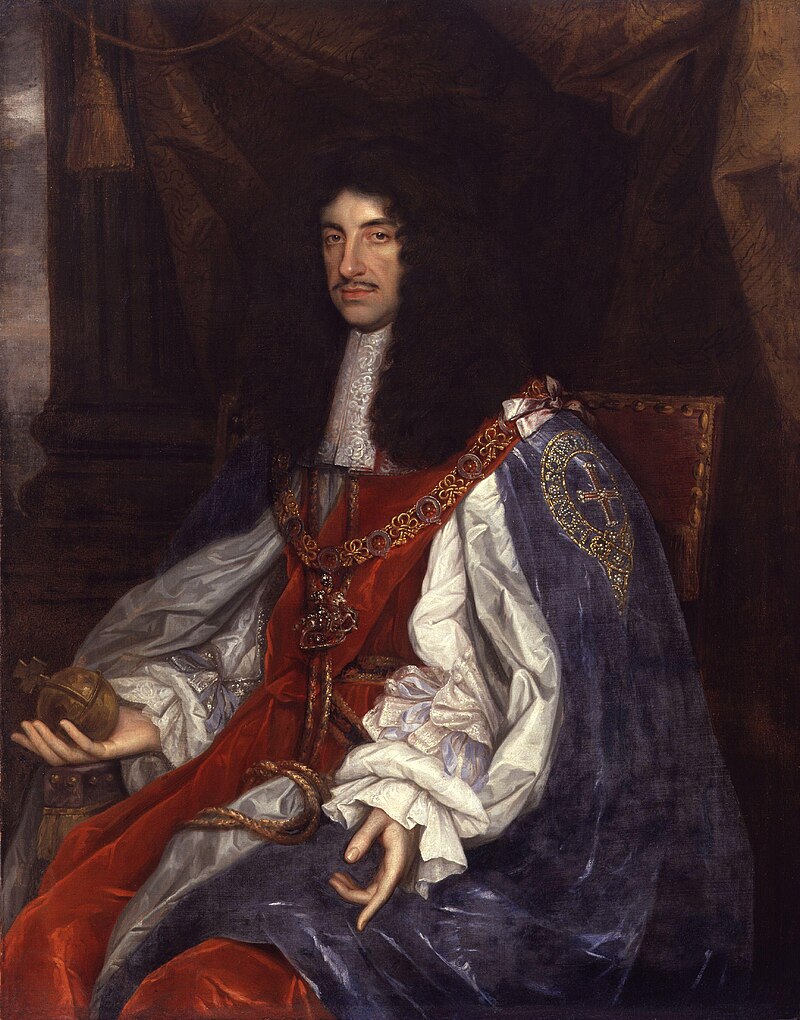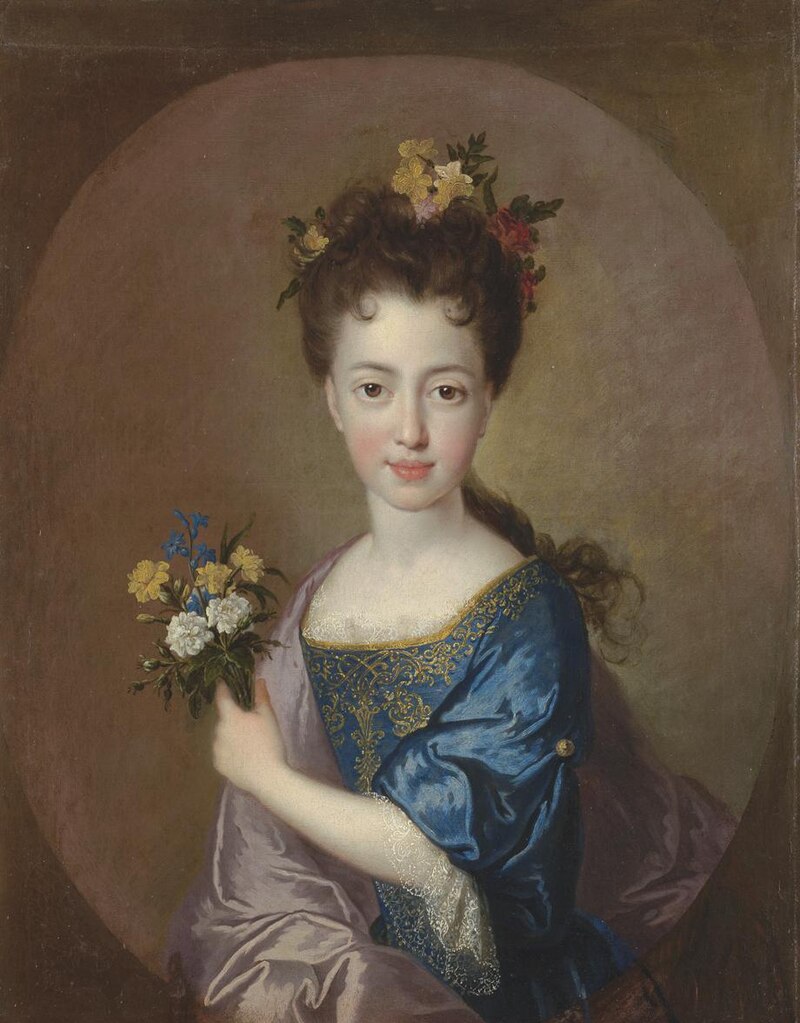© Unofficial Royalty 2024

King Peter I of the Serbs, Croats and Slovenes; Credit – Wikipedia
June 19, 1282 – Death of Eleanor de Montfort, Princess of Wales and Lady of Snowdon, wife of Llywelyn ap Gruffudd, Prince of Wales, in childbirth at the Palace of Aber Garth Celyn in Gwynedd, Wales; buried at Llanfaes Friary in Llanfaes, close to what is now Beaumaris, in Anglesey, Wales
A granddaughter of King John of England, Eleanor married Llywelyn ap Gruffydd, the reigning Prince of Wales, in 1279. Eleanor and Llywelyn ap Gruffydd had one child, a daughter Gwenllian ferch Llywelyn, also known as Gwenllian of Wales, born at the Palace of Aber Garth Celyn in Gwynedd, Wales. Sadly, Eleanor died due to childbirth complications shortly after her daughter’s birth.
Unofficial Royalty: Eleanor de Montfort, Princess of Wales and Lady of Snowdon
June 29, 1509 – Death of Lady Margaret Beaufort, mother of King Henry VII of England, in the Deanery of Westminster Abbey; buried in the Henry VII Lady Chapel in Westminster Abbey in London, England
Margaret was alive for the birth of all seven of her grandchildren but only three survived into adulthood. Through her granddaughter and namesake Margaret Tudor, Margaret is an ancestor of the British royal family and many other European royal families. On June 23, 1509, Margaret watched the coronation procession of her grandson King Henry VIII from a window. Six days later, the day after King Henry VIII’s eighteenth birthday, Lady Margaret Beaufort died. Her tomb, with a gilded bronze effigy, was created by the Italian sculptor Pietro Torrigiano, who also created the beautiful tomb of her son King Henry VII and his wife Elizabeth of York. Both tombs are in the Henry VII Chapel of Westminster Abbey. Margaret’s tomb is located between the graves of her descendants King William III and Queen Mary II and the tomb of her great-great-granddaughter Mary, Queen of Scots.
Unofficial Royalty: Lady Margaret Beaufort, Countess of Richmond and Derby
June 29, 1725 – Birth of Maria Teresa Cybo-Malaspina, Duchess of Massa and Carrara in her own right, Duchess of Modena and Reggio, wife of Ercole III, Duke of Modena and Reggio, in Novellara, then in the County of Novellara and Bagnolo, later in the Duchy of Modena and Reggio, now in Italy
Maria Teresa Cybo-Malaspina was the reigning Duchess of Massa and Carrara in her own right from 1731 until she died in 1790, and the wife of Ercole III, Duke of Modena and Reggio. The marriage was not a happy one. After Maria Teresa gave birth to two children, Ercole humiliated her with his open relationships with his mistresses. Eventually, the couple began to live apart. Maria Teresa and Ercole’s only surviving child Maria Beatrice d’Este married Archduke Ferdinand of Austria, son of Francis Stephen, Duke of Lorraine, Grand Duke of Tuscany, Holy Roman Emperor and Maria Theresa, in her own right Archduchess of Austria, and Queen of Hungary, Croatia, and Bohemia. Maria Beatrice and Ferdinand’s marriage created the House of Austria-Este, a cadet branch of the House of Habsburg-Lorraine. As far as ruling her Duchy of Massa and Carrara, now in Italy, Maria Teresa was an enlightened ruler and demonstrated excellent administrative skills.
Unofficial Royalty: Maria Teresa Cybo-Malaspina, Duchess of Massa and Carrara, Duchess of Modena and Reggio
June 29, 1794 – Birth of Heinrich XX, 4th Prince Reuss of Greiz in Offenbach, Landgraviate of Hesse-Darmstadt, now in Hesse, Germany
Heinrich XX ruled the Principality of Reuss-Greiz as an absolute monarch until the German Revolutions of 1848 – 1849 which aimed to remove the old monarchy structures and create independent nation-states. The people of Reuss-Greiz were not really in a revolutionary mood. This caused procrastination by Heinrich XX and his government which led to only minor changes. Heinrich XX was forced to issue a new constitution for the Principality of Reuss-Greiz but it never went into effect.
Unofficial Royalty: Heinrich XX, 4th Prince Reuss of Greiz
June 29, 1816 – Birth of Lord Alfred Paget, Queen Victoria’s Chief Equerry and Clerk Marshal 1846 – 1858 and 1859-1874 and Clerk Marshal 1874 – 1888, in Cavendish Square, London, England
Lord Alfred first served Queen Victoria as Chief Equerry. Except for some brief periods, he remained in her service until he died in 1888. In 1847, Alfred married Cecilia Wyndham, co-heiress with her elder sister of George Thomas Wyndham. Alfred and Cecilia had fourteen children. Their first child was named Victoria Alexandrina after Queen Victoria. Nearly everything about Lord Alfred Paget in the series “Victoria” is incorrect.
Unofficial Royalty: Lord Alfred Paget
June 29, 1841 – Death of Frederica of Mecklenburg-Strelitz, Queen of Hanover, first cousin and wife of Ernst August, Duke of Cumberland, King of Hanover, in Hanover, Kingdom of Hanover now in Lower Saxony, Germany; buried at Chapel of Schloss Herrenhausen in Hanover
Upon the death of Frederica’s husband’s brother King William IV of the United Kingdom, his niece succeeded to the throne as Queen Victoria. However, because the Kingdom of Hanover did not allow for female succession, Frederica’s husband succeeded him as King Ernst August I of Hanover, and she became Queen of Hanover. Frederica was only Queen of Hanover for a little less than three years. In April 1841, she fell ill and died two months later.
Unofficial Royalty: Frederica of Mecklenburg-Strelitz, Queen of Hanover
June 29, 1844 – Birth of Peter I, King of Serbia in Belgrade, Serbia
Peter’s father had been elected Sovereign Prince of Serbia (then a principality) in 1842. However, in 1858 he was forced to abdicate when the House of Obrenović took the throne and the family went into exile. In 1882, Serbia became a kingdom under the House of Obrenović. In 1903, a group of army officers who supported Peter’s rival House of Karađorđević led a coup d’état known as The May Coup in which King Alexander I and Queen Draga of the House of Obrenović were brutally assassinated. The assassination resulted in the extinction of the House of Obrenović. Prince Peter Karađorđević was proclaimed the new King of Serbia.
Unofficial Royalty: Peter I, King of Serbia
June 29, 1870 – Death of Sir James Clark, 1st Baronet, Queen Victoria’s Physician-in-Ordinary from 1837 – 1860, at Bagshot Park in Surrey, England; buried at Kensal Green Cemetery in London, England
Even though Clark treated renowned patients, his abilities as a medical doctor were doubtful. George Villiers, 4th Earl of Clarendon said he would not trust Clark to “attend a sick cat.” It seems his medical career owed more to his diplomatic treatment of his patients rather than his medical competence. There were several instances of his medical incompetence while he served as the royal Physician-in-Ordinary.
Unofficial Royalty: Sir James Clark, 1st Baronet
June 29, 1875 – Death of Ferdinand I, Emperor of Austria, King of Hungary and Bohemia at Hradčany Palace in Prague, Kingdom of Bohemia, now the Czech Republic; buried in the Imperial Crypt in Vienna, Austria
Ferdinand was developmentally delayed and suffered from epilepsy, hydrocephalus, neurological problems, and a speech impediment. Upon the death of his father, Ferdinand became Emperor of Austria, King of Hungary, Croatia, and Bohemia. His epilepsy caused him to have as many as twenty seizures per day, and this severely restricted his ability to rule with any effectiveness. His father’s will stipulated that Ferdinand’s uncle Archduke Ludwig be consulted on government matters and during Ferdinand’s reign a council called the Secret State Conference controlled the government. Ferdinand abdicated the throne in favor of his nephew Franz Joseph during the Revolutions of 1848. He lived the rest of his life at Hradčany Palace in Prague, Kingdom of Bohemia (now the Czech Republic).
Unofficial Royalty: Ferdinand I, Emperor of Austria
June 29, 1911 – Birth of Prince Bernhard of the Netherlands, husband of Queen Juliana of the Netherlands, born Count Bernhard von Lippe-Biesterfeld in Jena, Duchy of Saxe-Weimar-Eisenach, now in Thuringia, Germany
Full name: Bernhard Leopold Friedrich Eberhard Julius Kurt Karl Gottfried Peter
Bernhard was the elder son of Prince Bernhard of Lippe (younger brother of Leopold IV, the reigning Prince of Lippe) and his wife Armgard von Cramm. Bernhard and Armgard’s marriage was considered morganatic, Bernhard was styled Graf von Biesterfeld (Count of Biesterfeld) at birth. In 1916, Bernhard’s uncle, Leopold IV, the reigning Prince of Lippe, created Armgard Princess of Lippe-Biesterfeld with the style Serene Highness and this title and style also was extended to her two sons. In February 1936, Bernhard attended the Winter Olympics in Garmisch-Partenkirchen in Bavaria, Germany. There he met and fell in love with Princess Juliana of the Netherlands, the only child, and heir of Queen Wilhelmina of the Netherlands, whom he married in 1937.
Unofficial Royalty: Bernhard von Lippe-Biesterfeld
June 29, 1921 – Death of Lady Randolph Churchill (born Jennie Jerome), mistress of King Edward VII of the United Kingdom, at her home at 8 Westbourne Street in London, England; buried in the Churchill family plot at St Martin’s Church in Bladon, Oxfordshire, England (mother of Sir Winston Churchill)
Jennie Jerome was an American socialite who was the mistress of King Edward VII of the United Kingdom, among others. Through her first marriage to Lord Randolph Spencer-Churchill, a younger son of John Winston Spencer-Churchill, 7th Duke of Marlborough, she was the mother of Prime Minister Winston Churchill. She is also reported to have had affairs with King Milan I of Serbia, Prince Karl Kinsky, and Herbert von Bismarck. After breaking her ankle in May 1921, Jennie suffered from gangrene and had to have her lower leg amputated the following month. Two weeks later, she died at her home in London as a result of a hemorrhage in her thigh. She is buried in the Spencer-Churchill family plot at St. Martin’s Church in Bladon, England alongside her first husband, her two sons, and their families.
Unofficial Royalty: Lady Randolph Churchill
June 29, 1923 – Death of Sir James Reid, 1st Baronet, Queen Victoria’s Resident Physician 1881 – 1889 and Physician-in-Ordinary 1889 – 1901, Physician-in-Ordinary to King Edward VII and King George V, in London, England; buried at the Ellon Cemetery in Ellon, Aberdeenshire, Scotland
Reid was Queen Victoria’s doctor and also her adviser and confidant. Except when he was on leave, he was always at court and he always traveled with her in the United Kingdom and throughout Europe. The last service Reid did for Queen Victoria was to carry out her written instructions in the event of her death. Victoria had finalized the instructions in December 1897, and sealed them in an envelope marked “For my Dressers to be opened directly after my death and to be always taken and kept by the one who may be traveling with me.” Victoria had chosen Reid to be responsible for her body until her coffin was sealed. He was determined to precisely follow Queen Victoria’s wishes.
Unofficial Royalty: Sir James Reid, 1st Baronet
June 29, 1926 – Birth of Jaber III al-Ahmad al-Jaber al-Sabah, 3rd Emir of Kuwait in Kuwait City, Kuwait
Jaber III Al-Ahmad Al-Jaber Al-Sabah reigned as the 13th Ruler and 3rd Emir of Kuwait from 1977 – 2006. He was Emir of Kuwait during the 1990 invasion of Kuwait by Iraq and the subsequent Persian Gulf War. Unlike many other rulers in the Middle East, Emir Jaber stood out for his modest style. He declined to put his image on the nation’s currency and lived in what Kuwaitis considered a relatively simple home. The Kuwaiti people often referred to him as Baba Jaber or Father Jaber.
Unofficial Royalty: Jaber III al-Ahmad al-Jaber al-Sabah, 3rd Emir of Kuwait
June 29, 1977 – Death of Magda Lupescu, mistress and third wife of King Carol II of Romania, in Estoril, Portugal; first interred with King Carol in the Pantheon of the Royal House of Braganza in Lisbon, Portugal; in 2003, their remains were returned to Romania, not being of royal blood, Magda was buried in the cemetery of the Curtea de Argeş Cathedral, rather than in the cathedral
Magda Lupescu was the mistress, and then the third wife of King Carol II of Romania. The couple was married several years after Carol abdicated the Romanian throne.
Unofficial Royalty: Magda Lupescu
This article is the intellectual property of Unofficial Royalty and is NOT TO BE COPIED, EDITED, OR POSTED IN ANY FORM ON ANOTHER WEBSITE under any circumstances. It is permissible to use a link that directs to Unofficial Royalty.
